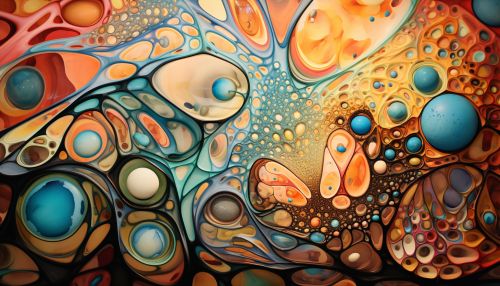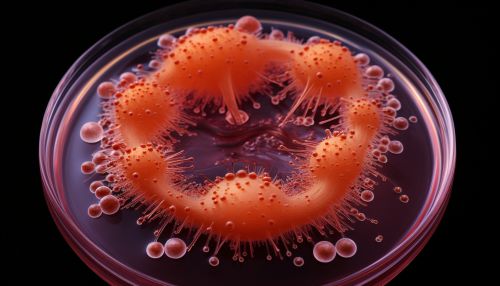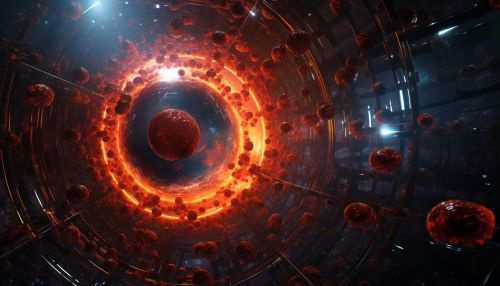Cellular Processes
Cellular Structure and Function


Cells are the basic building blocks of all living organisms. They are the smallest units of life that can function independently. Cells carry out a variety of functions necessary for the survival of an organism. These functions include protein synthesis, cell division, and energy metabolism.
Cell Membrane
The cell membrane is a thin, flexible barrier that surrounds all cells. It regulates what enters and leaves the cell and also provides protection and support. The cell membrane is selectively permeable, allowing certain substances to pass through while keeping others out.
Cytoplasm


The cytoplasm is a jelly-like substance that fills the cell. It is where many of the cell's metabolic reactions occur. The cytoplasm contains various organelles, each with a specific function.
Nucleus
The nucleus is the control center of the cell. It contains the cell's genetic material, DNA, and controls the cell's activities by regulating gene expression.
Cellular Processes
Cells carry out a variety of processes to maintain homeostasis and ensure the survival of the organism. These processes include protein synthesis, cell division, and energy metabolism.
Protein Synthesis
Protein synthesis is the process by which cells produce proteins. This process involves two main steps: transcription and translation. During transcription, a segment of DNA is copied into RNA, and during translation, the RNA is used as a template to assemble a protein.
Cell Division
Cell division is the process by which a cell divides into two daughter cells. This process is crucial for growth, repair, and reproduction in organisms. There are two main types of cell division: mitosis and meiosis. Mitosis results in two genetically identical cells, while meiosis results in four genetically different cells.
Energy Metabolism
Energy metabolism is the process by which cells obtain and use energy. Cells obtain energy through the breakdown of glucose in a process called cellular respiration. This process produces ATP, the cell's main source of energy.
Cellular Communication
Cells communicate with each other through a process known as cell signaling. This process allows cells to coordinate their activities and respond to changes in their environment.
Cellular Aging and Death


As cells age, they undergo changes that can lead to decreased function and eventually, cell death. There are two main types of cell death: necrosis and apoptosis. Necrosis is a form of cell death that results from injury or disease, while apoptosis is a form of programmed cell death.
